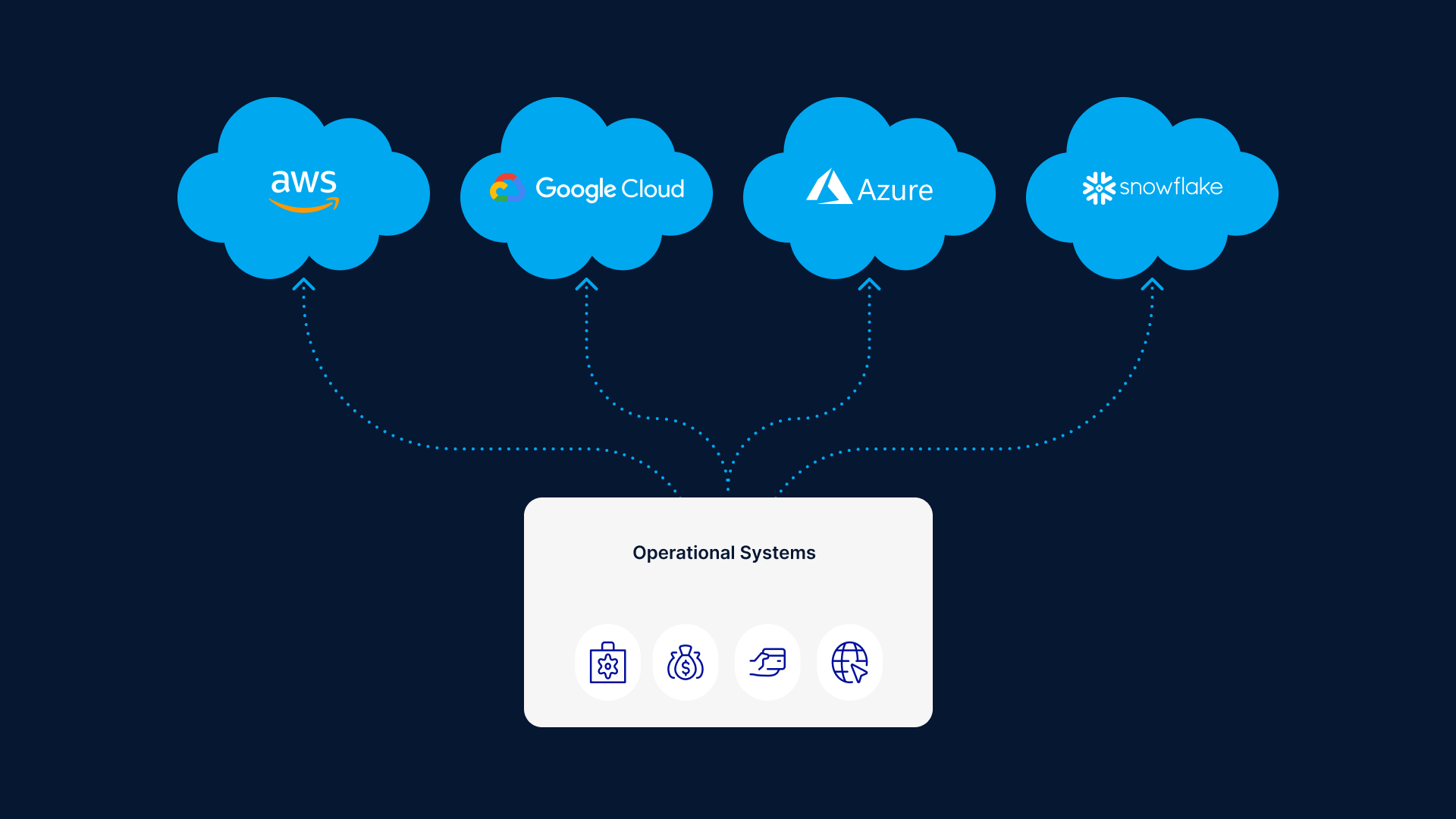What is Multi-Cloud? Why Do You Need a Multi-Cloud Strategy?
In today’s dynamic digital landscape, businesses are rapidly adopting cloud computing to enhance their operations. One approach gaining significant attention is the multi-cloud strategy. This strategy involves using multiple cloud service providers to host various aspects of a company’s computing needs. In this article, we’ll dive deep into the concept of multi-cloud, its advantages, and why it’s becoming a crucial asset for modern businesses.
A multi-cloud strategy involves utilizing services from multiple cloud providers rather than relying on a single provider. This approach offers diversification and flexibility, enabling businesses to choose the best services from various providers based on their specific needs. By doing so, companies can avoid vendor lock-in, mitigate risks, and optimize costs.
Key Benefits of a Multi-Cloud Strategy:
- Diversification of Services: With a multi-cloud approach, businesses can tap into the strengths of different cloud providers. This allows them to use specialized services that each provider offers, ensuring that their applications are optimized for performance.
- Reduced Risk: Relying solely on one cloud provider can be risky, as any downtime or disruptions could significantly impact operations. By distributing workloads across multiple providers, businesses can mitigate the risk of service outages.
- Vendor Lock-In Prevention: A multi-cloud strategy prevents vendor lock-in, where a company becomes dependent on a single provider’s ecosystem. This freedom empowers businesses to switch providers or adopt hybrid cloud solutions with ease.
- Cost Optimization: Different cloud providers offer varying pricing models and discounts. By leveraging multiple providers, companies can choose the most cost-effective options for different workloads, optimizing their cloud spend.
- Geographic Redundancy: Multi-cloud allows businesses to deploy applications across various geographic regions, enhancing redundancy and improving disaster recovery capabilities.
Implementing a Successful Multi-Cloud Strategy:
- Assess Your Needs: Determine which cloud services suit your workloads best. Analyze factors like performance, scalability, and compliance requirements.
- Select Providers Wisely: Choose providers that align with your business goals and provide the required services. Consider factors such as data sovereignty and regulatory compliance.
- Integration Planning: Ensure seamless integration between different cloud environments to avoid operational complexities and optimize data flows.
- Security Measures: Implement robust security protocols, including encryption and access controls, to protect sensitive data across multiple cloud environments.
- Monitoring and Management: Employ comprehensive monitoring tools to track the performance of applications across different clouds. Centralized management simplifies operations.
- Regular Review and Optimization: Continuously assess your multi-cloud setup to identify opportunities for improvement, cost optimization, and performance enhancement.
FAQs:
Q: Is multi-cloud suitable for small businesses?
A: Yes, multi-cloud strategies can benefit businesses of all sizes. Small businesses can enjoy cost savings, reduced risk, and flexibility through the use of multiple cloud providers.
Q: What about data security?
A: Data security is a critical consideration. Implementing proper encryption, access controls, and security measures across all cloud providers ensures data protection.
Q: Can I switch cloud providers easily?
A: Yes, a multi-cloud approach facilitates provider switching. However, it’s essential to plan and execute the migration carefully to avoid disruptions.
Q: Does multi-cloud increase complexity?
A: While managing multiple clouds requires careful planning, the right tools and strategies can simplify operations and reduce complexity.
Q: How does multi-cloud impact costs?
A: Multi-cloud can optimize costs by allowing businesses to choose the most economical solutions for their various workloads.
Q: Is multi-cloud the same as hybrid cloud?
A: No, hybrid cloud involves a combination of on-premises infrastructure and a single cloud provider, whereas multi-cloud involves multiple cloud providers.
Conclusion:
In the fast-paced world of technology, embracing a multi-cloud strategy offers businesses a competitive edge. By diversifying services, reducing risk, preventing vendor lock-in, optimizing costs, and enhancing redundancy, a well-executed multi-cloud approach can revolutionize operations. As you embark on your journey towards a multi-cloud strategy, remember to assess your needs, choose providers wisely, prioritize security, and consistently review and optimize your setup. The multi-cloud era is here, and those who harness its power stand to benefit greatly in the evolving digital landscape.
READ MORE : Hire Java Developers





